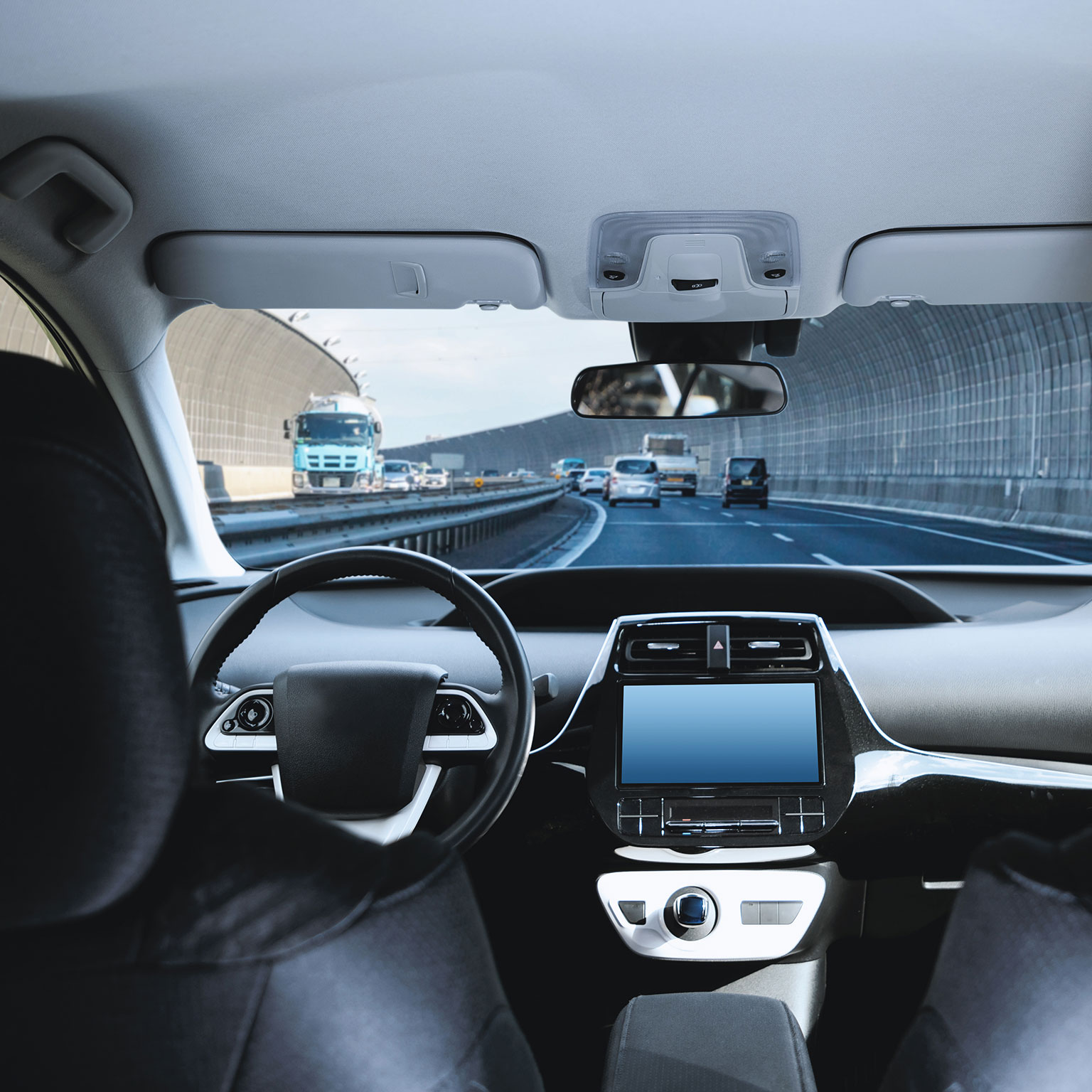The History and Evolution of the Internal Combustion Engine
Introduction
The internal combustion engine is the most common means of powering vehicles around the world. It began as a simple device, but has evolved over time into something that can be found in everything from motorcycles to airplanes. The history of this invention is just as fascinating as its evolution; here we’ll explore how it all started and where it’s going next.
The Beginning
In the late 1800s, a German engineer named Nikolaus Otto invented the internal combustion engine. The first internal combustion engines were steam engines, which used coal or wood as fuel. In 1885, another German engineer named Gottlieb Daimler invented a gasoline-powered version of this type of engine and called it an “Otto Cycle Engine.”
Later on in 1886, Rudolph Diesel developed his own version of an Otto Cycle Engine that ran on oil instead of gasoline–he called it a “Diesel Cycle Engine.”
Early Internal Combustion Engines
Internal combustion engines are the most common type of engine today, but they weren’t always so popular. The first internal combustion engine was developed in 1876 by Nikolaus Otto and Gottlieb Daimler, who called their creation a “pioneer” because it was the first of its kind. The prototype was a steam-powered piston engine that burned coal gas to produce mechanical energy for a vehicle’s wheels.
The next major advancement came from Rudolf Diesel, who created an engine that used liquid fuel instead of burning gases like Otto did (and still does). Diesel’s design became known as an “diesel” because he patented his invention with this name–it had nothing to do with anything having to do with cows!
Steam Engines
Steam engines are the earliest type of internal combustion engine, and they were used to power locomotives, ships and factories for many years.
Steam engines work by burning fuel in an enclosed space that’s pressurized with steam. This process creates a vacuum that pulls air from the atmosphere into the engine cylinder; when this happens, a piston is forced back down again by atmospheric pressure. As it moves downward through its stroke cycle (that is: once per revolution of your crankshaft), its motion turns gears on your flywheel which causes everything else inside your car–the transmission shafts and gearsets included–to rotate at various speeds depending on what gear you’re in at any given moment in time!
Air Cooled Engines
Air cooled engines are less efficient, heavier and more expensive than water cooled engines. However, they are also more reliable; air cooled engines have a tendency to overheat when used in hot climates or at high altitudes.
The internal combustion engine has a long history.
The internal combustion engine is one of the most important inventions in history. It has been used to power everything from cars and trucks to trains, boats and planes. The first internal combustion engine was built by English engineer Thomas Newcomen in 1712; he used it to pump water out of mines. In 1807, German inventor Andreas von Ettingshausen built an internal combustion engine that ran on hydrogen gas instead of steam fuel.
Inventors like Nikolaus Otto and Gottlieb Daimler continued developing the technology over time until they created engines with high power outputs and improved efficiency compared with steam engines at that time (about 50 percent). These improvements led automakers such as Ford Motor Company who began using them for vehicles such as Model T automobiles in 1908; these vehicles could reach speeds up to 40 mph (64 km/h).
Conclusion
The internal combustion engine is a fascinating invention. The first engines were created nearly 200 years ago, and since then they have undergone many changes and improvements. The engine we use today is much different than its earliest versions, but it still relies on the same basic principles of physics that make it work so well!

